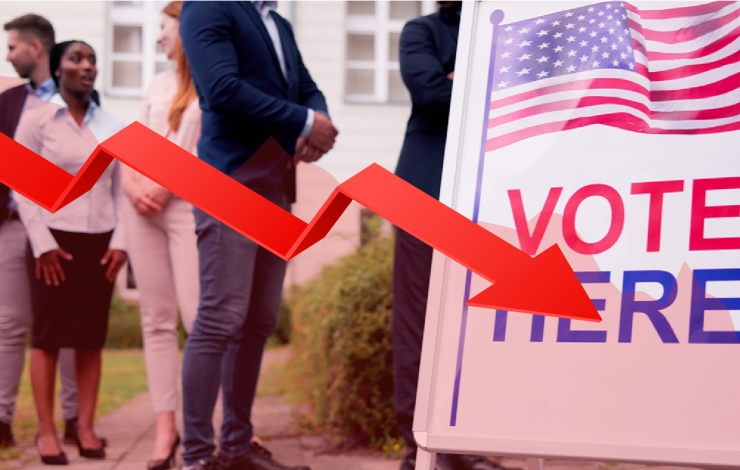


For her part, Otomí spiritual leader Lucina Hernández Reyes doesn’t like the term “indígena” either, because it was born out of the conquest. “We are the original people,” she says, “because we already existed.”
Walking with a feather-crested ceremonial staff, Lucina cuts a familiar figure in Capulhuac, a modest, rural community in the State of Mexico. When community conflict arises, she is far more trusted and accessible to her neighbors than faraway courts and government offices where no one speaks Otomí.
That’s why, several months ago, the state judiciary’s alternative justice agency trained Lucina and other community leaders in alternative dispute resolution techniques. As in other parts of the country and the world, justice authorities in Lucina’s state are starting to build bridges with Indigenous mediators and leaders to expand their conflict resolution skills and improve access to justice in their underserved communities.
“We’re always going to search for harmony, peace, justice, and equal rights,” Lucina told WJP in a recent interview that she opened with a ritual prayer. After escorting WJP researchers through once dense woods now prey to illegal logging, she spoke of reclaiming ancestral traditions, including restorative justice. “We have to continue working for the benefit of our own communities.”
People-centered research on customary and informal justice
As part of a multidimensional project funded by the Canadian Embassy in Mexico, WJP has produced a new report that seeks to increase the visibility of Indigenous mediation programs. It comes as a growing number of governments, donors, and communities are embracing a paradigm shift to people-centered justice. That global movement prioritizes identifying people’s legal needs and fostering accessible solutions to address them, rather than primarily investing in established institutions that are missing the mark.
Around the world, some 5 billion people face unmet justice needs, according to WJP’s landmark 2019 research. In the quest to close this enormous justice gap and achieve the "justice for all” vision of United Nations Sustainable Development Goal 16 (SDG 16), policy makers are increasingly eyeing the role that customary and informal justice (CIJ) plays in addressing everyday justice needs.
However, as a global CIJ working group reported to the United Nations last year, much more data and research are needed to assess what works, where and why, as people tap a wide variety of customary and informal justice practices worldwide. WJP’s new report on Peace and Dialogue Centers in Mexico State offers novel insights into one CIJ model.
Lack of data
“We couldn’t study the data on the centers, because there was none,” said WJP researcher Ana Cárdenas. In the course of their interviews and documentation, she and colleague Estefany Caudillo helped local mediators develop an intake form, so they can now track basic information on who they are serving and how.
“I have found that I, the mediator, am not providing the final solution,” Iván Ángeles González of Pueblo Nuevo told the researchers. “It’s the two parties who do that. It’s just a matter of helping them figure it out and putting it in place.”
WJP’s report is the first to document how Iván and other newly trained Indigenous mediators are successfully resolving conflicts over issues ranging from land invasion to child custody battles in some of Mexico State’s most marginalized communities. Not only are the Peace and Dialogue Centers linguistically and culturally accessible to local community members facing urgent challenges, they are often just a short walk away for local farmers and townspeople, as opposed to a two-hour paid bus ride to the municipal seat.
At the same time, the programs surmount two of the most common obstacles to accessing formal justice. In countries around the world, large percentages of people don’t know their legal rights, and more than 2 billion people lack legal documents–such as birth certificates or property deeds–that courts and government offices require.
However, only two of the four recently established Peace and Dialogue Centers that WJP studied have opened their doors to the public in practice, and even those are in jeopardy.
“The centers serve an incredible purpose, but they are fragile,” said Ana, the report’s lead author.
One of the most pressing challenges is lack of financial support, which stems from the ambivalent relationship between the state judiciary and the centers. How traditional and institutional models of justice can and should interact is the subject of lively discussion worldwide.
“Who will feed my children?”
In the Tlahuica community of San Juan Atzingo, lack of clarity and funding weigh heavily on local mediator Lidia Ángeles Doroteo. After receiving enhanced state training, she left her position at the local land office to embrace an expanded role at the new Peace and Dialogue Center. One set of satisfied clients led to the next and then the next, as Lidia built considerable trust in the community. Now both community and municipal authorities regularly refer cases to the Center.
But after six months of mediating more than 50 disputes over inheritances, property damage, and child support, Lidia fears she may have to stop providing services to find a job that pays her bills. Although the local land committee originally agreed to pay the mother of three the equivalent of $75 a week, it later reversed its decision, determining their office should not be the responsible agency.
“Who will give me food to eat?” Lidia asked. “Who will feed my children? ”
Lidia recently shared both her successes and struggles at a high-profile launch event for the WJP documentation project. Fortunately, state authorities have not only participated in the project, they have now asked WJP to further discuss the project's findings as they consider next steps.
“Most importantly,” said WJP’s Ana Cárdenas, “they have recognized the need to expand access to justice for Indigenous communities through a people-centered approach.”